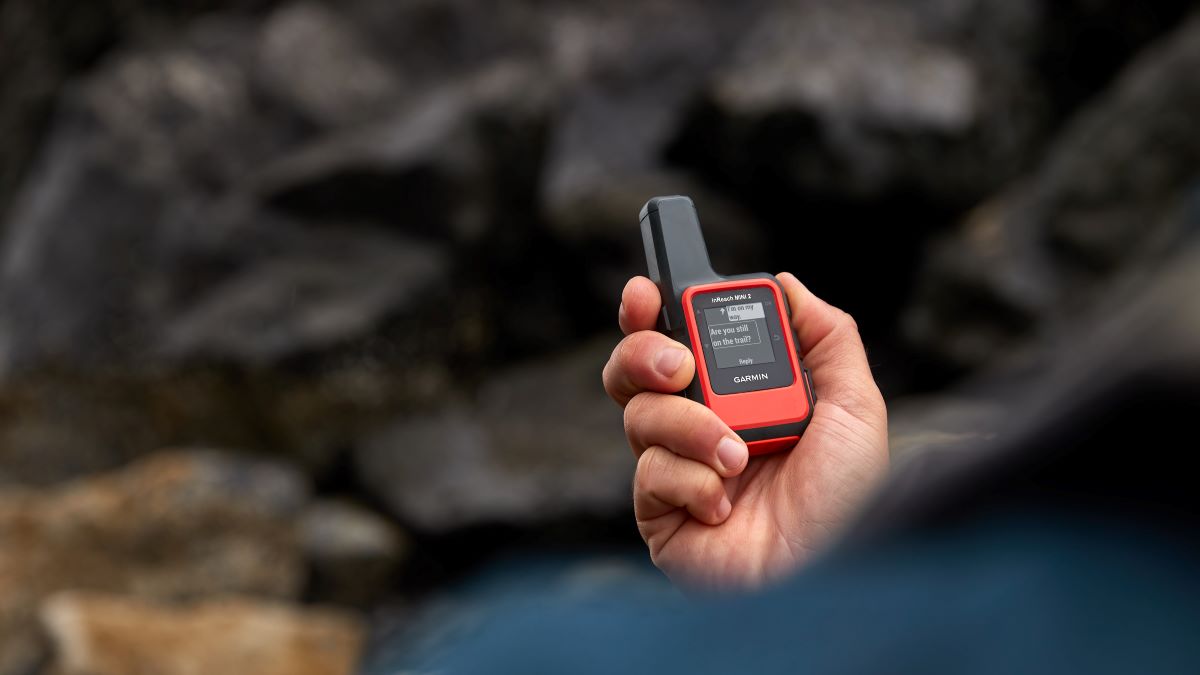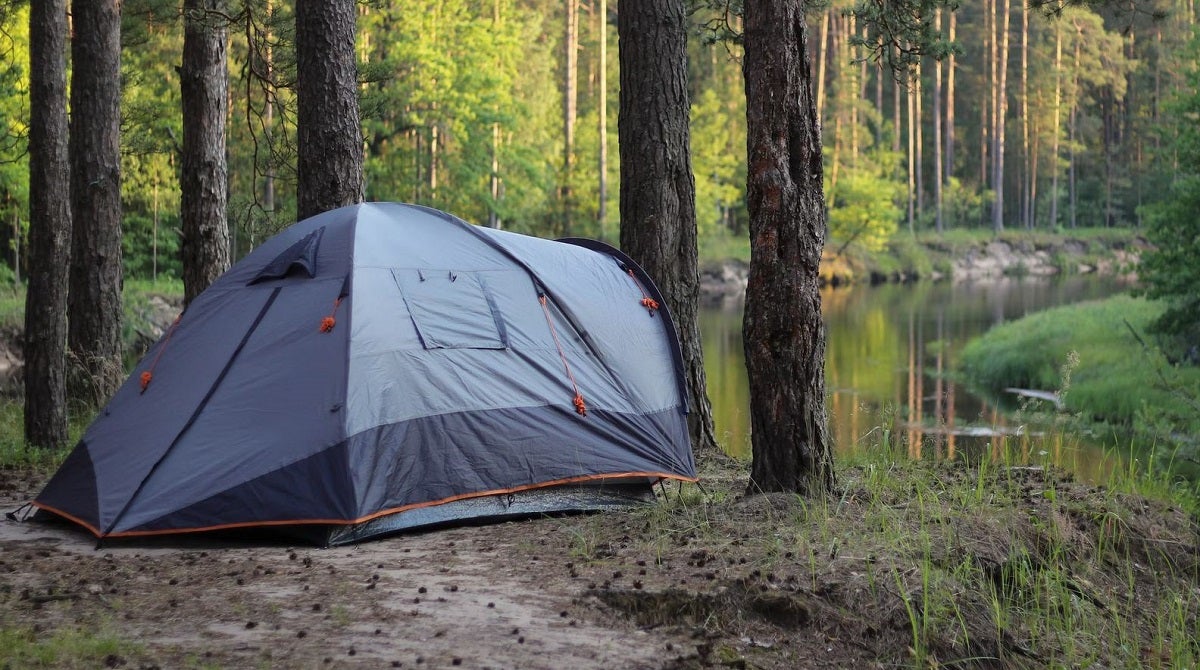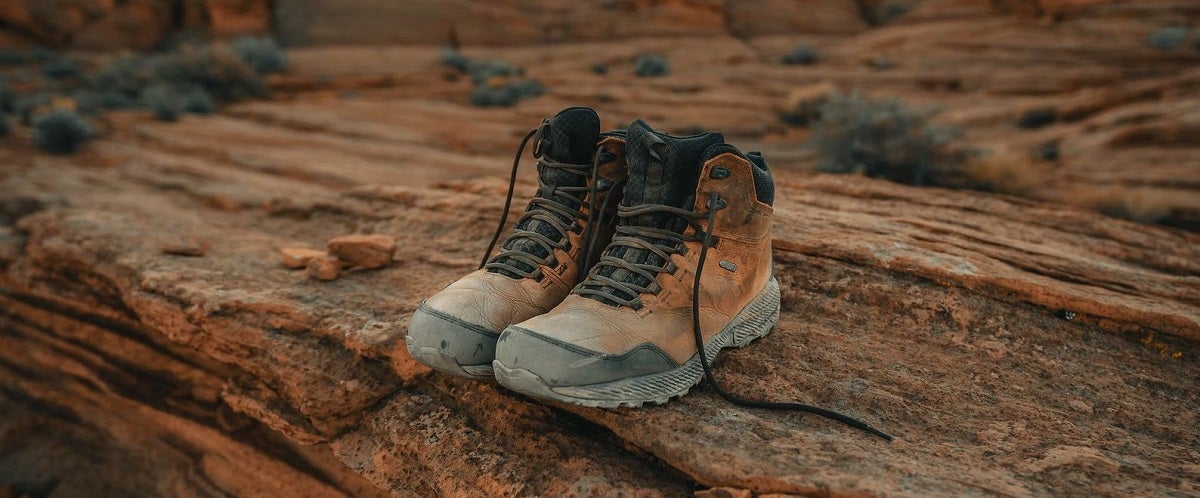How to Handle a Venomous Snake Bite In the Backcountry
Travis Olander 11.17.23
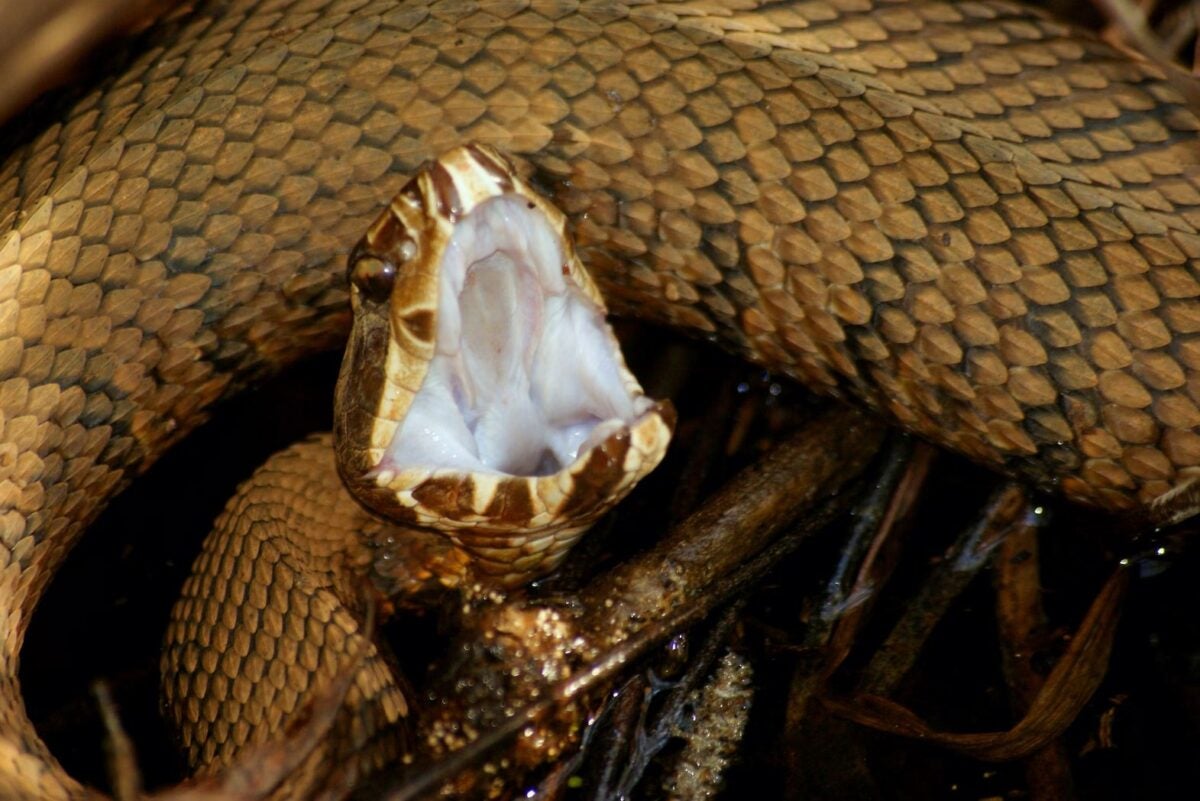
You’ve camped for an evening, and you’re ready to pack up and head back out on the trail. You left your boots just outside your tent – they stunk, after all. But upon donning a boot, you feel a sudden, searing pain. You’ve just become one of the more than 7,000 to 8,000 victims who suffer a venomous snake bite in the U.S. each year. Indeed, suffering a venomous bite from a slithery serpent is far more common than you’d think. But, thankfully, the odds of dying from a bite are exceedingly low. Of those thousands who get bit annually, about five die.
Medical Coverage on AllOutdoor
- Nonvenomous Water Snake or Cottonmouth?
- Never Have a Severe Poison Ivy Rash Again
- AllOutdoor Review: My Medic TFAK – Micro Trauma First Aid Kit
- AllOutdoor Review: My Medic Bite & Sting Med Pack – Ready Collection
Even still, you don’t want to risk becoming one of those unfortunate handful who don’t make it. Depending on what bites you, the odds of recovery can swing drastically against your favor. About 10% to 44% of those bitten by the most common venomous snake in America – the common rattlesnake – suffer lasting injuries. Here’s how to handle a venomous snake bite when you’re ruckin’ in the woods, plus some tips on how to avoid getting bit in areas that are heavily populated by deadly fangs.
What To Do if You’re Envenomed
“Envenomed” is just a fancy way of saying you’ve been bitten by a venomous (not “poisonous”) snake. If you’re bitten, the first thing you must do is stay calm. Lowering your respiration and heart rate will buy you time. No matter the species, all snake venom travels via the bloodstream to reach adjacent tissue and organs. The slower you breathe, and the more you lower your heart rate, the slower venom acts on the body. But reducing panic is just step one. There are other immediate steps you must take to reduce your chances of permanent injury or death.
Immediately Call 911
Snake bite antivenom (also called antivenin) is expensive and difficult to produce, so it’s typically rationed between medical facilities most likely to require it. Often, antivenom needs to be transported from one facility to another to treat a patient, or the patient must be transported to a facility that can treat them – whichever can be accomplished faster.
But either scenario requires precious time, so the sooner you can contact authorities, the sooner they can prepare and coordinate treatment while you’re seeking the care of medical professionals. If you often hike or camp remote locations that suffer no cell service, well, it’s time to invest in a personal locator beacon. Many of these devices can text emergency messages to authorities, including your exact location and condition.
Take Photos of the Snake
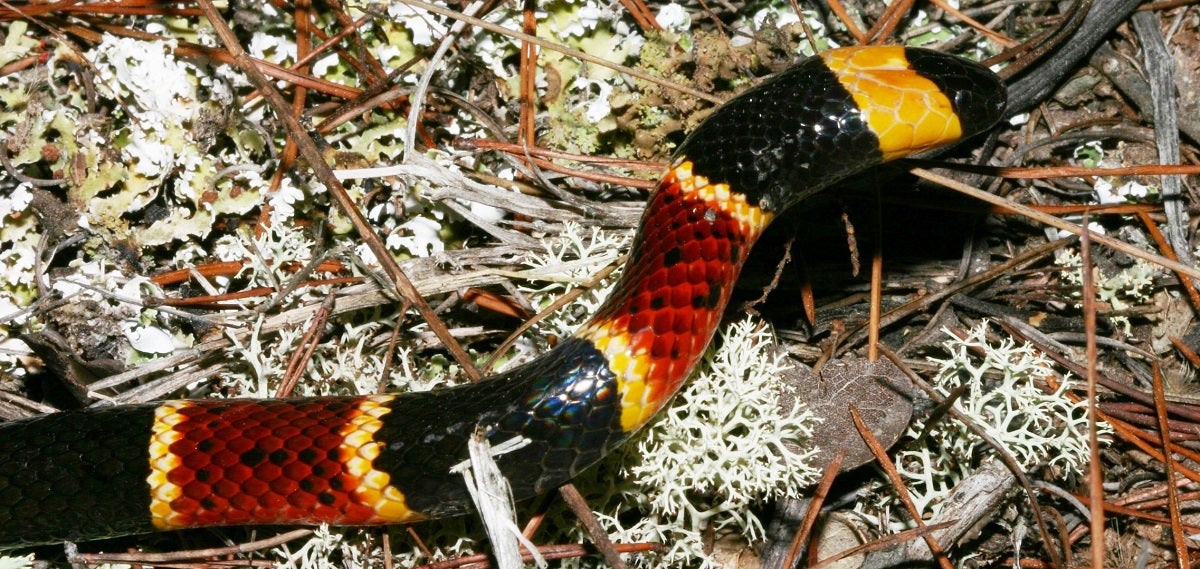
Grabbing your phone and snapping a beauty shot of your scaly assailant is probably the last thought on your mind after getting bit – but taking clear photos of the snake that bit you could potentially save your life. Modern antivenom can be used to treat the toxic effects of various species’ bites. But different species’ venom can wreak havoc on the body in different ways. Symptoms can range from mild itching and swelling, to potentially fatal anaphylaxis or tissue necrosis. Being able to confirm what species of snake bit you can give medical professionals critical information, allowing them to tailor the other treatments you’ll likely need to reduce permanent injury as much as possible.
Attempt Self-Rescue (Calmly)
Time is the enemy once you’re envenomed by a snake. The sooner you can reach medical care, the less likely you are to suffer permanent consequences. Initially, venom won’t have much of an effect on your physical condition. For a time, you’ll be able to breathe, walk, and talk normally. You should take advantage of this fact and get yourself as close to rescue as possible, before symptoms become problematic. Importantly, though: Don’t run, and don’t hasten your breathing or heart rate. A steady walking pace is your best compromise, here.
Contrary to what you may think, these three things – stay calm, contact authorities, and document the species – are the only things you should do if you’re bitten by a venomous snake. All the myths and misconceptions about how to treat a snake bite on your own are dead(ly) wrong. In fact, many of the things you shouldn’t do to a venomous snake bite could kill you. So, here’s what not to do:
Do Not Apply a Tourniquet
All venomous snake experts agree on this, so don’t do it. Applying a tourniquet to stop the flow of venom through the bloodstream will only make matters worse. It could even create the need for amputation of the affected limb. That’s because venom will remain concentrated in stagnate blood, increasing its potency and effects in the initial bite area. If a tourniquet is applied to an envenomed limb and removed later, it could create something called a venom bolus: A deadly dose of concentrated toxin reintroduced suddenly into the blood stream, which could lead to a quick death.
Do Not Try to “Siphon” The Bite
Although Hollywood would suggest otherwise, you can’t suck venom from a bite wound. Doing so could hasten the effects, especially if you’re somehow lucky enough to get a mouthful of toxic blood. You’re more likely to cause a secondary infection than have any positive impact on the situation.
Do Not Take any Medication
Stay away from painkillers and Aspirin. The unmitigated pain you’ll suffer is far less of a problem than the potentially lethal side effects of combining snake venom with blood thinners and anti-inflammatory meds.
How to Reduce the Odds of Getting Bitten
Snakes don’t want to bite you. To a snake, any human, even a child, is an overwhelmingly large predator. Snakes are inherently hesitant to bite us – they save their venom for incapacitating prey they know they can kill. Most bites are accidental and usually result from a serpent slithering into an open tent, backpack, or boot, or from a hiker stumbling upon a camouflaged snake on a trail and startling it up close. Here are some basic steps you can take to virtually eliminate your chances of becoming one of those 7,000 to 8,000 unfortunate souls on your next camping trip.
Zip Up Your Tent, Boots, and Bags
You should keep your tent and pack shut at all times, even in areas not known for snakes. Being coldblooded, snakes are drawn to warm enclosures. Your rucksack and insulated sleeping bag provide the perfect places for a snake to curl up and wait for a startling encounter.
The same goes for boots and shoes. They’re perfect hideouts for all kinds of creatures, including venomous spiders and creepy-crawlies. Stuff your boots full with something to prevent snakes and critters from crawling in, or just hang them upside down. Now, you might be inclined to avoid snakes on your backwoods outings. But if you live in Florida, you could earn thousands of dollars for catching some invasive pythons (which are not venomous). Here’s how.
